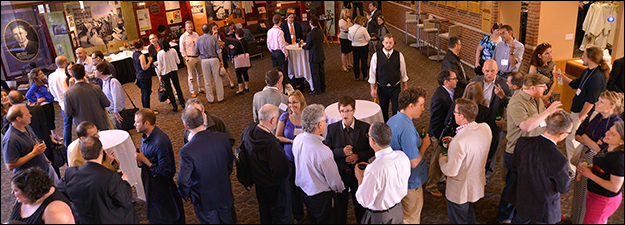Religious Life in High Medieval Liège
Sponsoring Organization(s)
Special Session
Organizer Name
Barbara Zimbalist
Organizer Affiliation
Univ. of Texas-El Paso
Presider Name
Barbara Zimbalist
Paper Title 1
Reading Sanctity: Hagiographic Rhetoric and the Holy Women of Liège
Presenter 1 Name
Jessica Barr
Presenter 1 Affiliation
Eureka College
Paper Title 2
Theater of Cruelty: Elizabeth of Spalbeek's One-Woman Passion Show
Presenter 2 Name
Murrielle Michaud
Presenter 2 Affiliation
Wilfrid Laurier Univ.
Paper Title 3
The Legacy of Liège in Later Medieval England: The Middle English Translation of James of Vitry's Vita of Mary of Oignies
Presenter 3 Name
Jonathan Juilfs
Presenter 3 Affiliation
Redeemer Univ. College
Paper Title 4
Marie of Oignies, Spiritual "Star" of Thirteenth-Century Liège
Presenter 4 Name
Alicia Spencer-Hall
Presenter 4 Affiliation
Univ. College London
Start Date
14-5-2015 1:30 PM
Session Location
Fetzer 1010
Description
During the twelfth and thirteenth centuries the diocese of Liège was home to a vast array of religious innovation and reform. As a principality ruled by prince-bishops, the region hosted a large and mobile population of religious, devout laypersons, and clerics. This diverse religiosity and dynamic population created a multivalent religious environment that found expression in new lay movements such as the Beguines, the rapid proliferation of monastic reform movements such as the Cistercians, and ecclesiastical innovations such as the feast and office of Corpus Christi. Enthusiasm for participation in these new forms of religious life suffused Liègeois society, encompassing men and women from diverse religiosities including the beguines serving the indigent, sick, and poor; the monks writing innovative vitae celebrating--sometimes even in collaboration with--local mulieres religiosae; and the clerics striving to expand the liturgy far beyond their regional borders. Yet apart from a few oft-cited essay collections, there is still very little scholarly attention focused on the broad spectrum of religious life during this innovative and dynamic period of Liègeois history--and its impact in subsequent centuries. This panel invites new work from scholars in all disciplines on any aspect of religious life in high-medieval Liège and its legacy
Barbara Zimbalist
Religious Life in High Medieval Liège
Fetzer 1010
During the twelfth and thirteenth centuries the diocese of Liège was home to a vast array of religious innovation and reform. As a principality ruled by prince-bishops, the region hosted a large and mobile population of religious, devout laypersons, and clerics. This diverse religiosity and dynamic population created a multivalent religious environment that found expression in new lay movements such as the Beguines, the rapid proliferation of monastic reform movements such as the Cistercians, and ecclesiastical innovations such as the feast and office of Corpus Christi. Enthusiasm for participation in these new forms of religious life suffused Liègeois society, encompassing men and women from diverse religiosities including the beguines serving the indigent, sick, and poor; the monks writing innovative vitae celebrating--sometimes even in collaboration with--local mulieres religiosae; and the clerics striving to expand the liturgy far beyond their regional borders. Yet apart from a few oft-cited essay collections, there is still very little scholarly attention focused on the broad spectrum of religious life during this innovative and dynamic period of Liègeois history--and its impact in subsequent centuries. This panel invites new work from scholars in all disciplines on any aspect of religious life in high-medieval Liège and its legacy
Barbara Zimbalist


